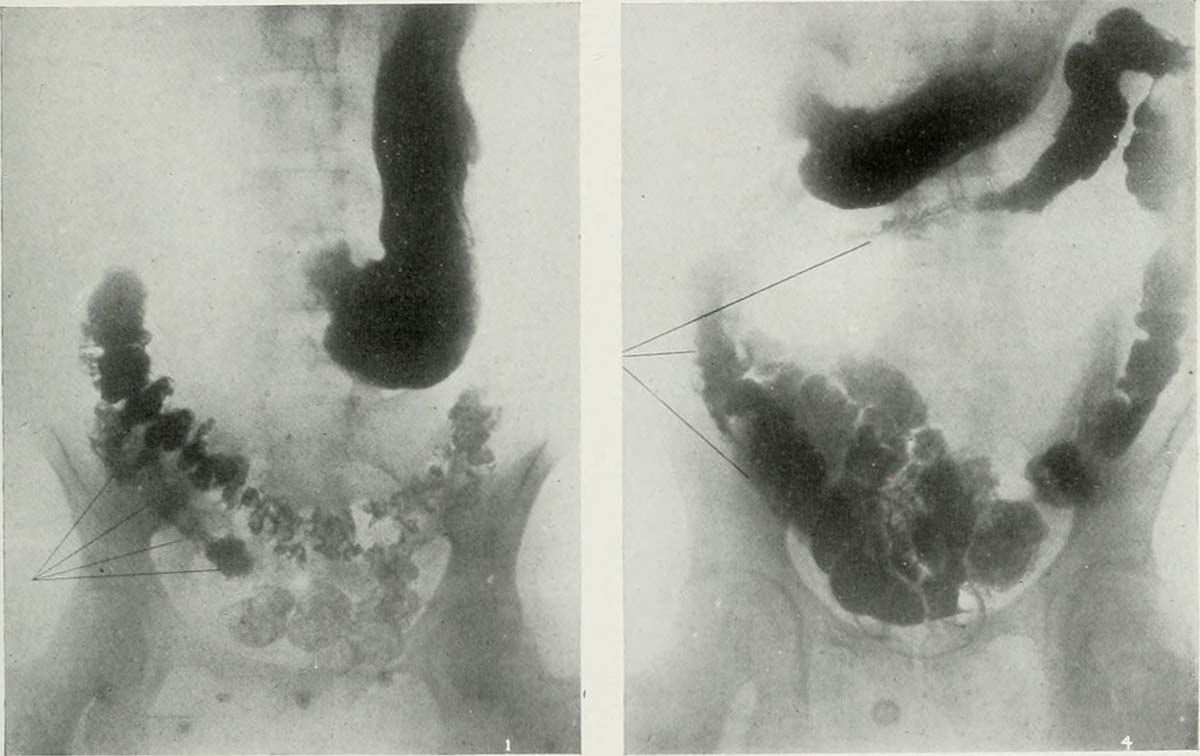
Spastic colon is another term for the condition known as irritable bowel syndrome. It typically features abdominal symptoms such as pain in the abdomen, cramping, bloating and changes in bowel movement (constipation and diarrhea). Once the symptoms occur they linger for a certain period of time and then withdraw. The symptoms of spastic colon regularly reoccur after certain period of time.
Causes and Presentation of Spastic Colon
Scientists are not sure what causes spastic colon. They assume that several factors are associated with the condition. These factors include oversensitivity of the colon to certain types of food, immune reaction and stress. It is also assumed that the symptoms occur due to an active, but undetected infection and there are even people who believe that spastic colon develops as a consequence of an overgrowth of the intestinal bacteria.
The very condition occurs in a form of intensive abdominal pain and accompanying cramping, bloating and constipation and/ or diarrhea. Nausea is reported in certain number of patients. Even though one may have to face either constipation or diarrhea there are also cases when one has to deal with both.
Treatment for Spastic Colon
Treatment for spastic colon may start only after the doctor has ruled out other gastrointestinal illnesses and set definitive diagnosis of spastic colon. The treatment is not unique and it basically differs from one patient to another. Since there is no cure for spastic colon and the actual cause is simply not clear the goal of the treatment is to alleviate symptoms of the disease and prolong remission. Majority of patients suffering from spastic colon are recommended to make dietary changes, increase physical activity and in severe form of the disease they are even prescribed certain medications.
Dietary modification is essential for people suffering from spastic colon. The most significant change in one's diet is increase in intake of high fiber foods such fruit, vegetables, whole grains, seeds and beans. Elimination of meat, fatty foods, dairy products as well as processed food is a must. It is also recommendable for one to stop smoking and reduce, if not eliminate, intake of alcohol beverages.
Together with proper diet patients are advised to engage in physical activities such as walking, water exercises etc. Physical activity may be helpful in coping with stress, one of the potential causes of spastic colon.
And finally, patients who simply cannot control spastic colon with dietary changes and physical activity may require medications. The goal of medicamentous therapy is to alleviate symptoms such as constipation, diarrhea and cramping. Constipation is generally treated with laxatives. Laxatives must not be used for longer period of time. Diarrhea is treated with loperamide, diphenoxylate and bile acid binding agents. Intensive abdominal pain may require anticholinergics, dicyclomine and antidepressants. Long-term usage of the previously mentioned medications is not recommended due to their side effects and they are only prescribed during the attack. Between two attacks patients are advised to pay attention on what they eat and to be physically active.


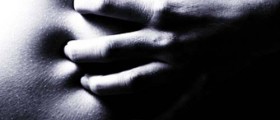
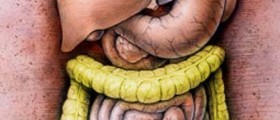

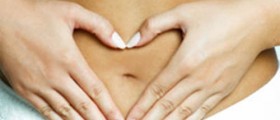

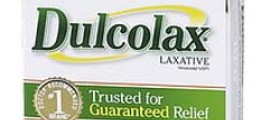
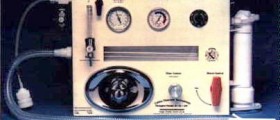

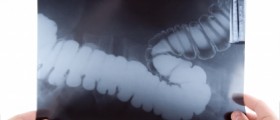

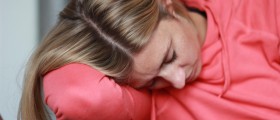


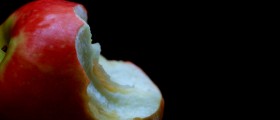

Your thoughts on this
Loading...